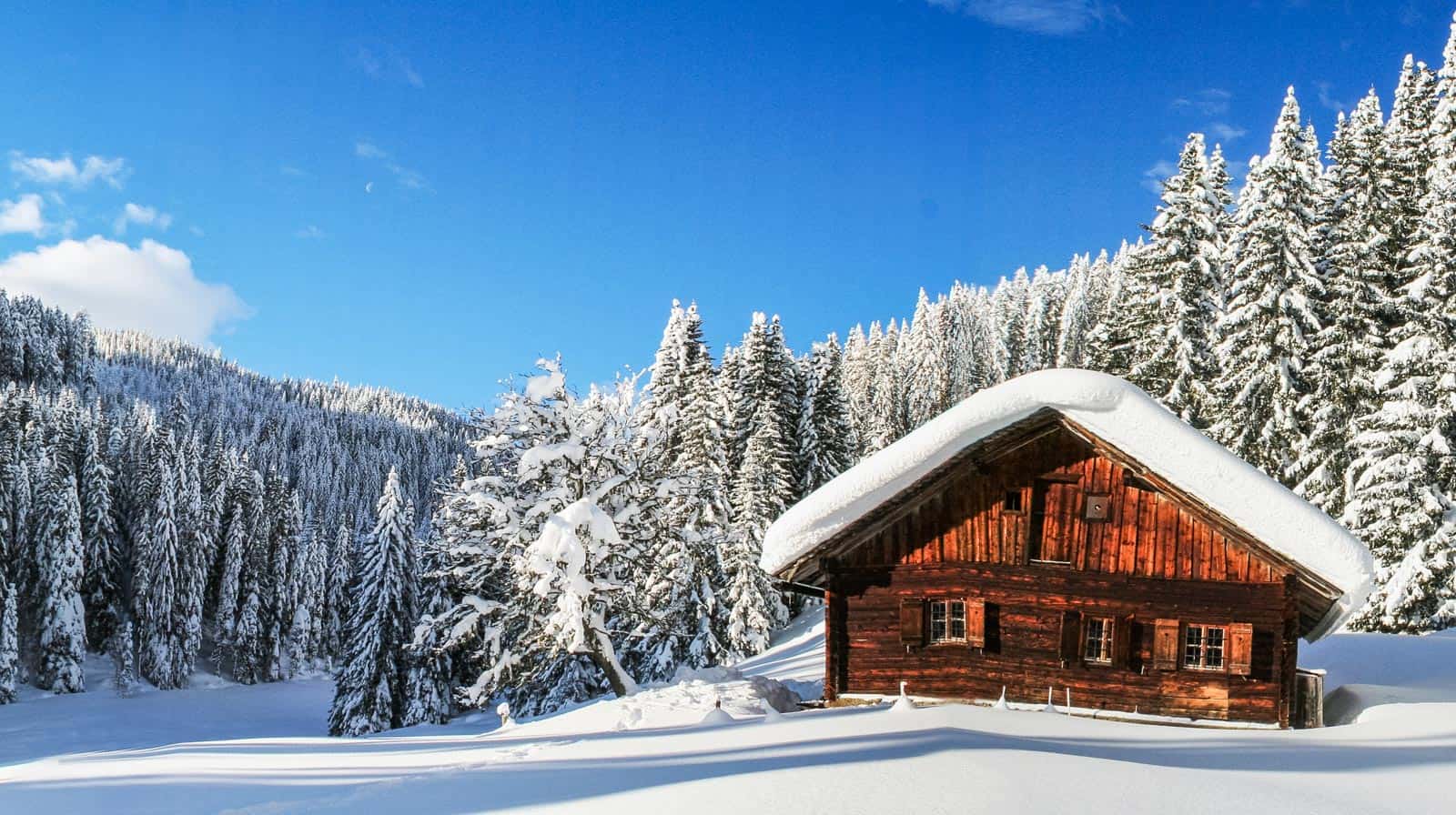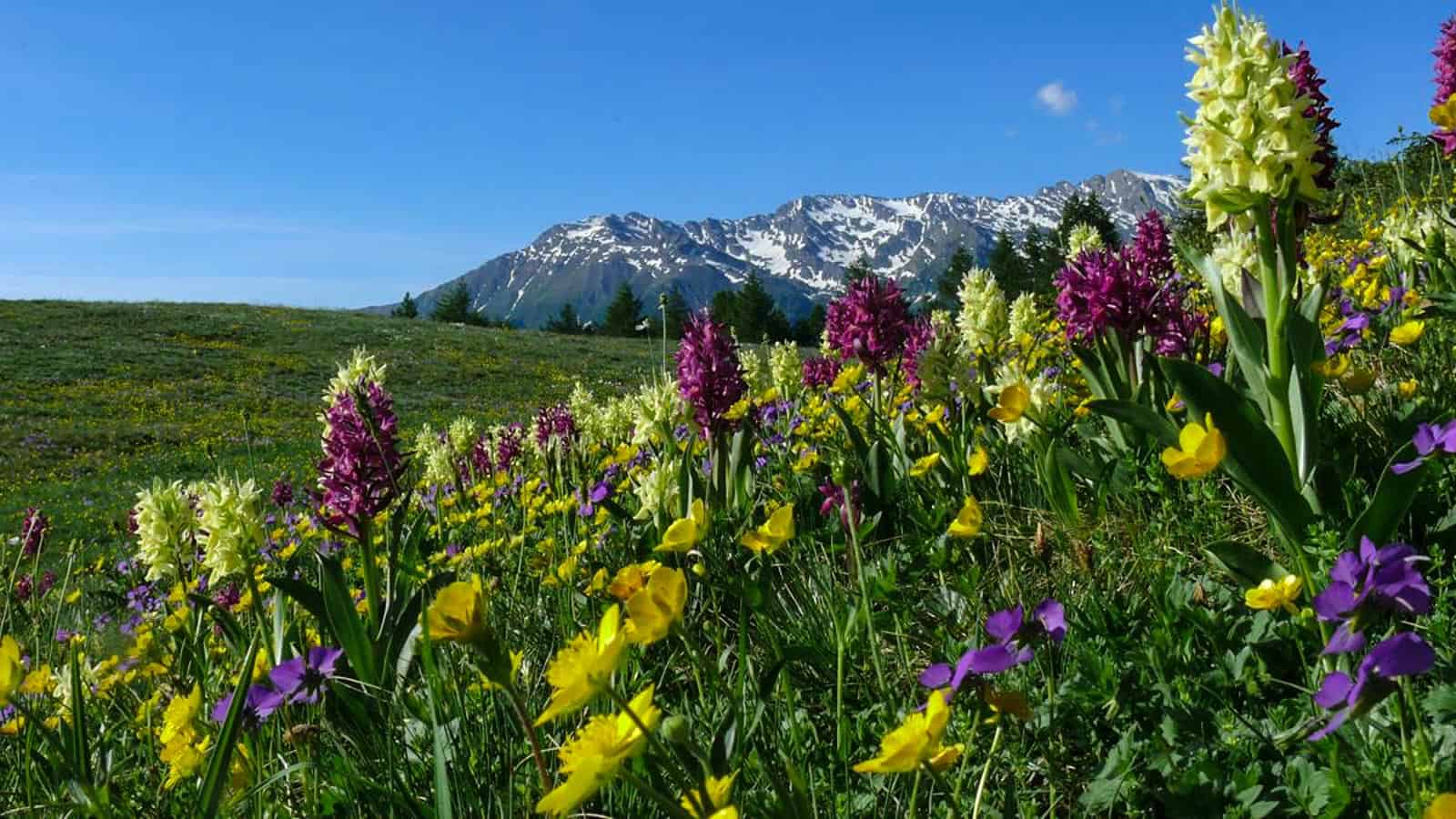Demographic change and biodiversity loss
On a regular basis, we hear of several direct factors that contribute to biodiversity loss. The key ones among them are habitat change, biological invasions, pollution, climate change and species overexploitation. What we do not hear about often enough, however, are rather the indirect biodiversity loss causes. These, in turn, are the overall political, economic, social and cultural triggers. Together, they are referred to as socio-economic root causes.
In general, there are five key groups of such socio-economic root causes. To understand them better, we will therefore present them in five concise articles. This week, we will focus on the first group: demographic change.
Unequal spread of population growth, size and density
So far, the global human population has been growing roughly at 1.1% per year. This accounts to slightly more than 83 million born individuals annually. If such growth rate remains unchanged, in the next three decades the world population will reach between 8 and 11 billion people.
It is not the size and growth of the population, however, that have the most significant impact on biodiversity. Rather, is it the density of the very same population. It is very likely that the growing population will not be spread equally around the globe: over 50% of individuals will be born in Africa, other 30% in Asia, and the remaining 20% in the rest of the world. Since the developing countries, most of which are located in both Africa and Asia, hold most of the biodiversity-preserved sites, having an unequal spread of growing population within these countries will mean further decline of biodiversity numbers.
Demographic rates, habitat alteration, and biodiversity loss
As humans, we have a strong demand for certain resources, which makes us directly impact 84% of Earth’s surface. Among these resources is food. We convert ecosystems for food production thus causing severe habitat alterations. Data on the impact of agricultural and pasture intensification relates it with desertification, and deforestation at global, national, and regional scales.
The higher the population densities in a certain location, the bigger the land space that gets converted for food production services. The bigger the altered space, on the other hand, the more habitat is lost. As a result, both plant and animal species, that were previously inhabiting such lands, now have to adapt to the newly established environments; and, if they are unable to do so, such species simply go extinct.
Another issue concerning the land alteration for food production purposes is the increasing spread of monocultures. They are both cost and time efficient and, thus, effectively feed a growing human population. By ignoring the larger variety of crop groups, we are stimulating the decrease of heterogeneous landscapes.
As a result, the ecosystems, which experience the decrease in certain cultural groups, become less productive. Inefficient productivity also means that the ecosystems will be developing likewise inefficient functions for the living organisms within them. Subsequently, such interdependent circle will result in the overall negative impact on biodiversity.
What’s next?
Within the current development path, such factors as population size, growth and density are not contributing to environmental sustainability. To support this argument further, neo-Malthusian school of thought is often exemplified. Believers of this theory suggest that the uncontrolled human population growth will eventually outpace the earth’s capacity to feed and support additional people. If you want to learn more about the ideas behind this theory, check such concepts as ecological footprint or planetary boundaries. They form the foundation for this argument.
On the other side of the spectrum, however, there is a more optimistic view. The supporters of this view suggest that the growing populations and resource scarcity will induce improvements in technology. With the use of such technology, it will then be possible to produce enough resources to feed the increasing population and to solve the biodiversity-related problems in general. To learn more about this topic, check the UN Sustainable Development Goals or dive straight into the concept of green technology.








